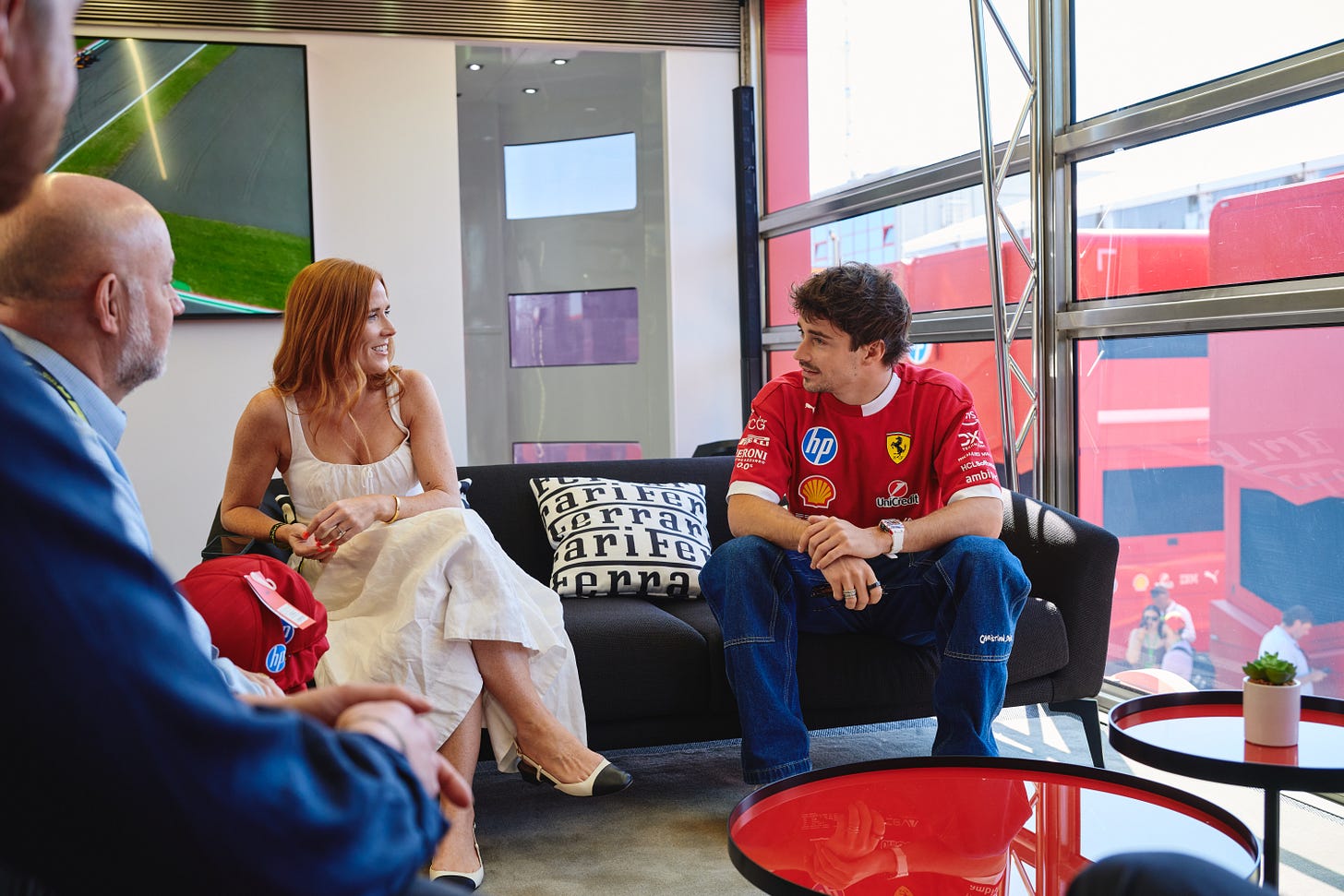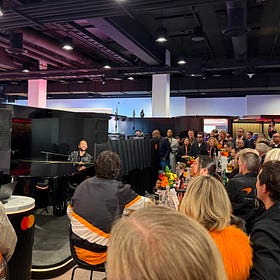Brand worship: the psychology behind wearing corporate logos in sport
How brands turn fans into willing advertisers
Thank you for being here. You are receiving this email because you subscribed to Idée Fixe, the newsletter for curious minds. I’m Toni Cowan-Brown, a tech and F1 commentator. I’m a former tech executive who has spent the past five years on the floor of way too many F1, FE, and WEC team garages, learning about the business, politics, and technology of motorsports.
⏳ Reading time: 7min
Every August, the quiet seaside towns of Monterey and Carmel transform into a cathedral of brand worship. I just got back from Monterey Car Week - my first time thanks to McLaren and Rolex - and was hit by the realisation that it isn’t just about cars - it’s about badges and symbols.
Ferrari shields, Bugatti horseshoes, Porsche crests, Lamborghini bulls. What started as functional emblems to identify engineering houses have evolved into cultural symbols, stitched onto hats, plastered on t-shirts, and tattooed into identities. At Pebble Beach or The Quail, you don’t just see cars; you see the ritual of childhood and adult fandom - collectors, enthusiasts, and even casual visitors proudly wearing these logos as if they were luxury fashion houses. In a way, car culture foreshadowed the psychology of sports logos: the willingness to advertise for brands, and even to pay a premium for the privilege, which is what I want to talk about today.
That same devotion plays out in sport. Just as a Ferrari crest or Porsche shield has become a badge of belonging at Monterey, a $450 Ferrari jacket covered in Shell, Santander, and Ray-Ban logos becomes less about fabric and more about signaling identity - proof that fans will proudly pay to turn themselves into rolling billboards.
Walking billboards: why fans pay to advertise for billion-dollar brands
A fan walks into the Monaco Grand Prix paddock wearing a $450 Ferrari jacket. Across the back, the famous prancing horse takes pride of place - but right alongside it are Shell, Santander, and Ray-Ban. Down the sleeves, more logos: Velas, AWS, HP, IBM, Pirelli. It’s less “luxury streetwear” and more “rolling corporate PowerPoint,” yet the jacket will sell out.
In almost any other context, you’d never pay to be covered head to toe in advertising. You’d baulk at the idea of buying a hoodie with “Chevron” in giant letters across the chest, or a cap with “Aramco” stitched on the front. But slap those same logos onto a Formula 1 team kit, and fans queue up to hand over hundreds for that privilege.
This is one of sport’s strangest - and most lucrative - quirks: in the stands, in the paddock, and even on the street, fans aren’t just tolerating corporate logos. They’re paying to be walking billboards, and the psychology behind it has fascinated me for years.
The paradox of sports merch
In the rest of the advertising world, visibility costs money. Brands pay for billboards, digital ads, TV spots. They spend millions to put their name where eyeballs will land.
In sports, the model flips completely, or so it feels anyway. Here, fans pay the brands - via the team - for the privilege of giving them exposure. It’s one of the rare instances in commerce where the ad space itself is monetised directly, not just indirectly.
And these aren’t subtle product placements. The logos are front and centre, stitched onto the same shirts, hats, and jackets that the athletes themselves wear. The more logos, the more “authentic” it feels - a direct visual link between you and your heroes on the field, track, or court.
Why Fans Accept (and Even Crave) Logos. At the core of this phenomenon is emotional alignment. The logos are “forgiven” because they are of the sport, not just on the sport. Fans see them as part of the team’s DNA, not as an imposition.
The willingness to pay to display them comes down to three forces:
Identity: It’s not “wearing an ad,” it’s “wearing my team.”
Proximity to Glory: The logos were on the car when we won.
Cultural Normalisation: We’ve seen these logo-plastered uniforms since childhood. It’s what “real” team gear looks like.
What Brands Get Out of It. For brands, this is the advertising equivalent of perpetual motion. They get:
Constant exposure: Every time the merch is worn, the ad runs again, and again and again.
Emotional halo: Positive feelings from the sport spill over, it has to be said, that this can sometimes fall into sportswashing.
Distribution at scale: Millions of fans become literal brand ambassadors, for free.
The kicker? The brand often shares in the merchandise revenue through licensing agreements. So not only do they get free exposure - they get a cut of the profits from selling it.
The Art/Science of Sports Sponsorship
Thank you for being here. You are receiving this email because you subscribed to Idée Fixe, the newsletter for curious minds. I’m Toni Cowan-Brown, a tech and F1 commentator. I’ve spent the past five years on the floor of way too many F1, FE, and WEC team garages, learning about the business, politics, and tech of motorsports. I hope you’ll stick around.
Why it works so well in sports
1. Identity transfer. The psychological magic here is that fans aren’t buying Shell or DHL. They’re buying Ferrari or McLaren. The sponsor logos are just part of the visual language of the team. In Formula 1, you can’t picture Red Bull without Oracle, or Mercedes without Petronas, or McLaren without Mastercard.
When you wear that merch, you’re not thinking, I’m advertising an oil company. You’re thinking, I’m showing my allegiance to my team. The sponsors get to “borrow” that affection and wrap themselves in the same loyalty and tribal identity that fans have for the sport itself.
2. Tribalism & signalling. Humans have been displaying tribal colours for thousands of years. Team apparel is the modern equivalent. In this context, the sponsor logos aren’t seen as corporate clutter; they’re part of the uniform. The willingness to wear them is about signalling. You’re telling the world: “I belong to this tribe. These are my people.” The fact that the tribe’s colours also happen to include a Chevron logo? Irrelevant.
3. The halo effect. The emotional highs of sport are sticky. When you watch your team win, the euphoria doesn’t just attach to the team logo - it also attaches to the brands in the visual frame. That’s the “halo effect” in action. For sponsors, this is gold. They get to be part of moments that make people’s hearts race, and over time, fans start to associate those brands with joy, adrenaline, and victory.
4. Scarcity & exclusivity. Sports merch also plays on scarcity. Limited-edition drops - a Williams Miami livery hoodie, a one-off Ferrari jacket for Monza - create hype. Retro gear drives the effect even harder. Look at the resale value of 1980s Marlboro McLaren jackets or classic Benetton F1 shirts. These items were originally pure sponsor-laden uniforms. Today, they’re high-value collectibles, precisely because they represent a specific moment in sporting history.
The money flip
If you strip away the emotion, sports merch is a staggering business model. Fans are buying apparel that costs more than most “civilian” clothing, is covered in corporate branding and turns them into unpaid advertisers for billion-dollar companies
In most industries, you’d need to pay people to walk around wearing your logo at that scale. In sport, you can charge them triple digits for the privilege. Formula 1 is one of the most extreme examples. A replica team shirt can run $150–$300, with 10–20 sponsor logos. A NASCAR jacket might feature 30. Cycling jerseys can look like the results sheet of a corporate merger. And yet - they sell, year after year.
When sponsors become fashion logos
Some sponsor logos have transcended sport entirely and entered the fashion lexicon.
DHL x Vetements: In 2016, the luxury label Vetements released a bright yellow T-shirt with DHL’s logo across the chest. Price tag? $285. Sold out instantly.
NASCAR jackets in streetwear: Logos for energy drinks, motor oil, and tire brands are now seen on runways and in hip-hop videos.
Retro tobacco gear: With tobacco advertising banned in most sports, vintage Marlboro, Camel, and John Player Special-branded apparel has become both nostalgic and rebellious.
In these cases, the logos are no longer “ads”, they’re cultural symbols, shorthand for speed, rebellion, or cool. Oil, Tobacco, Tech… and You. What’s fascinating is that the industries most associated with sports sponsorship are also some of the least likely to get consumers to wear their logos outside a sports context.
Would you wear an ExxonMobil T-shirt to brunch? Probably not. But put the same logo on a Red Bull Racing shirt, and it’s suddenly aspirational. The same goes for tech brands. Oracle, AWS, and Salesforce are hardly lifestyle labels. But in the context of F1, their logos become badges of innovation and performance. And then there’s tobacco - a category banned from most mainstream advertising for decades. Yet Philip Morris’s “Mission Winnow” branding appeared on Ferrari cars as recently as 2021, and retro Marlboro merch is still traded like precious metal.
The future of sponsor-laden merch
We’re already seeing sponsor logos move beyond the sports arena into lifestyle apparel. In F1, sponsor drops are becoming collectibles in their own right. Expect more collaborations where the sponsor’s logo is front and centre, with or without the team badge. There’s also an opportunity for sponsors to lean into design-led branding, turning their logos into desirable graphics in their own right. Think minimalist reinterpretations, colour tweaks, or collaborations with fashion designers.
Sports sponsorship flips the traditional ad economy on its head. In the real world, ads interrupt you. In sport, they belong to you. In the real world, brands fight for your attention. In sport, you fight other fans for the last XL team shirt with the right logos. In the real world, brands pay to be seen. In sport, you pay them to be seen with you. That’s not just effective marketing — that’s devotion.


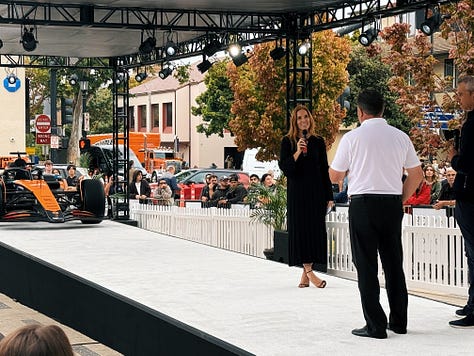
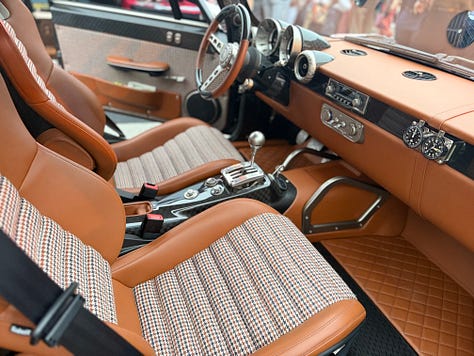
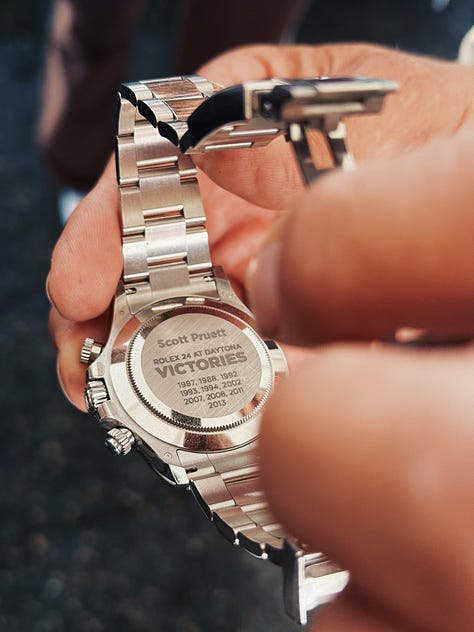


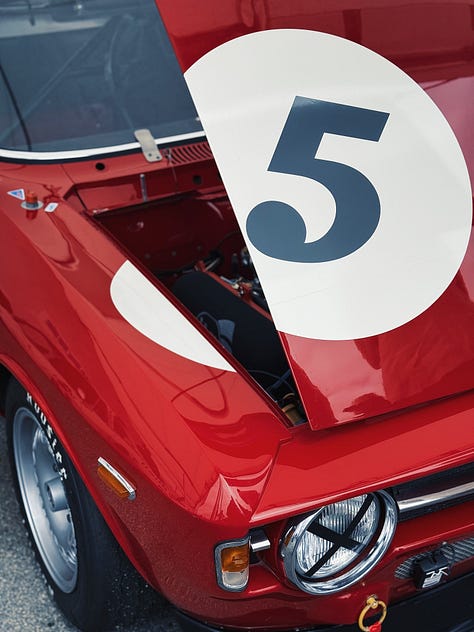
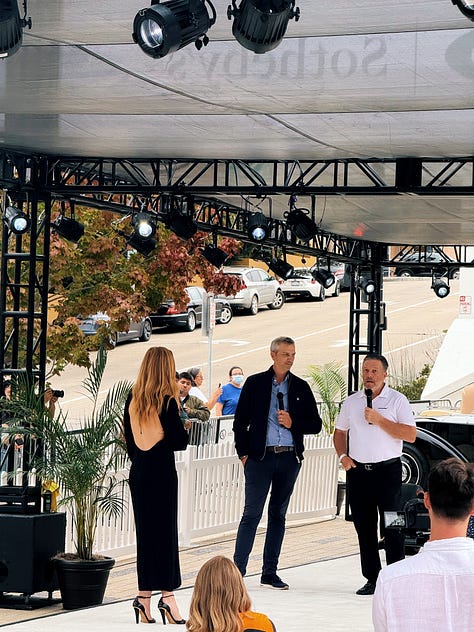
🔗 How F1 teams really make money | YouTube



